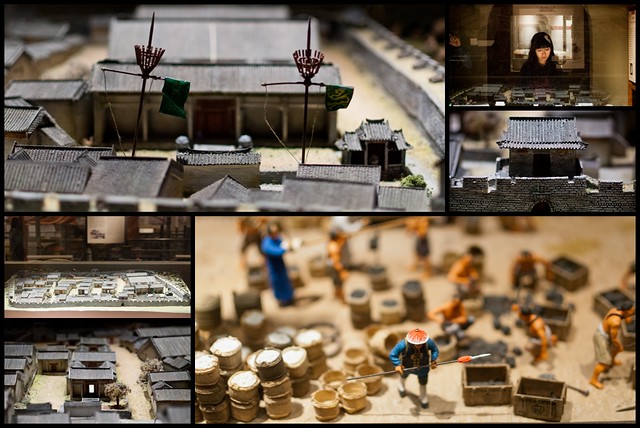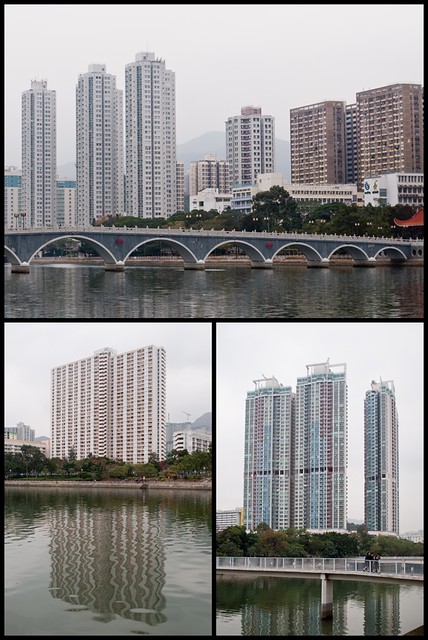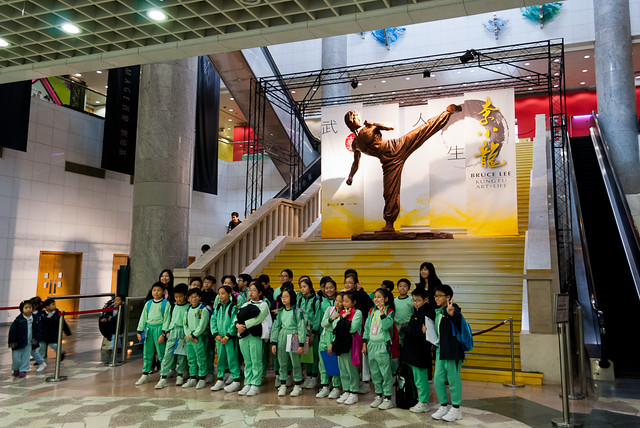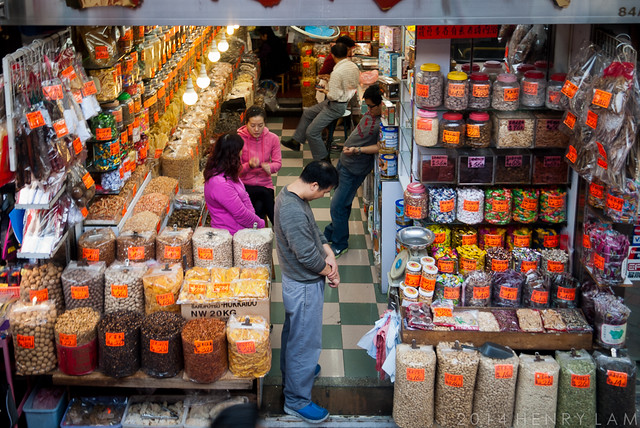Hong Kong’s Yuen Long

Yuen Long is a large district in the northwest section of the territory. It was one of the largest town centres in the New Territories outside of the urban core of Kowloon and Hong Kong Island. I had been meaning to visit this part of Hong Kong on many occasions. I actually got there this time with my sister, parents, and mother-in-law in tow.
First off, you should know about the special day pass for the Yuen Long and Tuen Mun areas of Hong Kong. This pass is not very well advertised on the MTR website. There are only two stations from which you can buy such passes – Nam Cheong and Mei Foo. The pass allows for unlimited travel on the West Rail, the Yuen Long/Tuen Mun LRT, and MTR-run buses in the area.
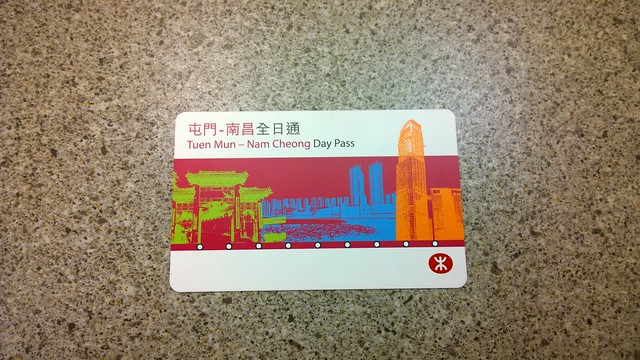
This was also the first time I ever rode the West Rail. This line was the last of all the Hong Kong rail lines for me to travel upon. I could finally check it off my list.

